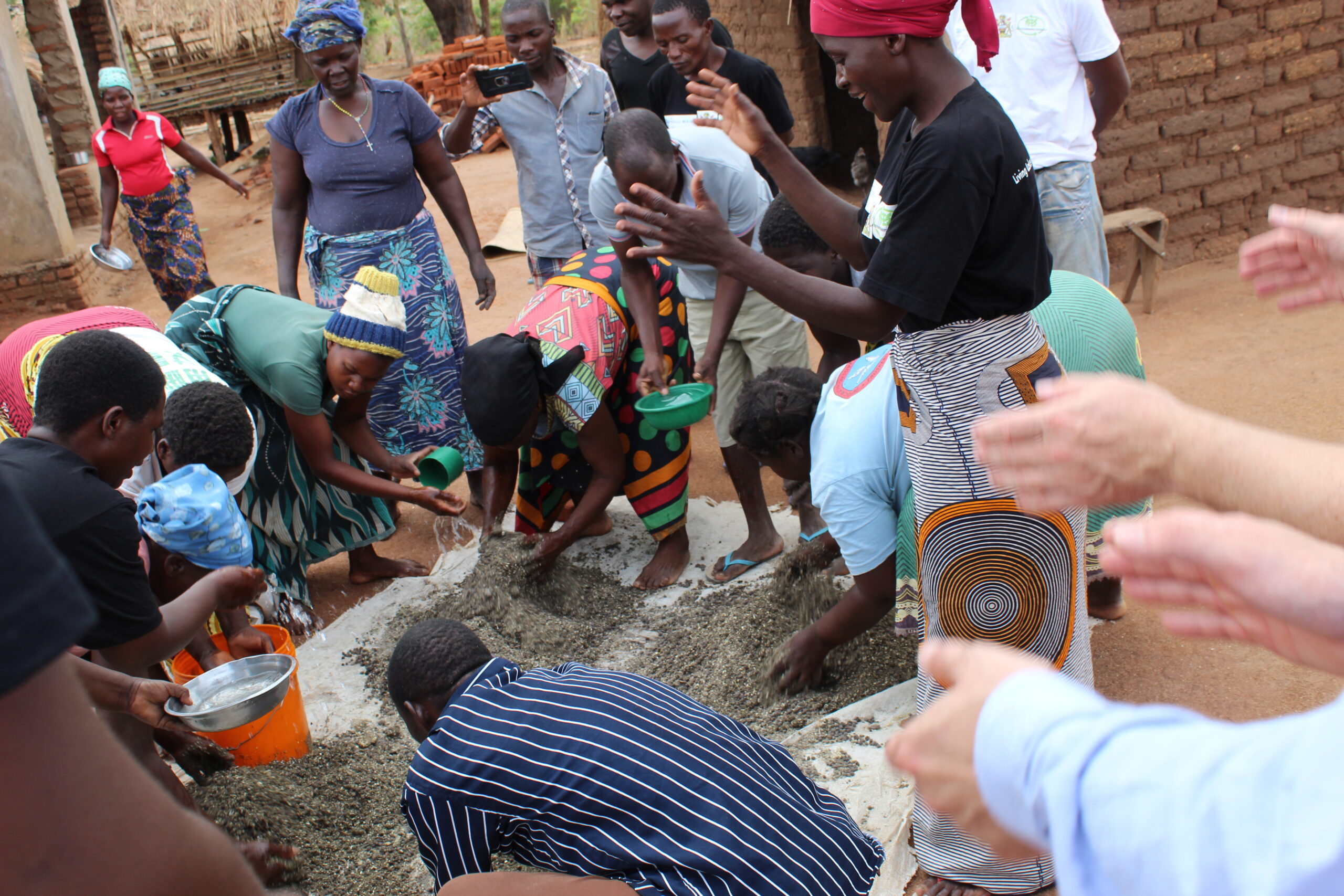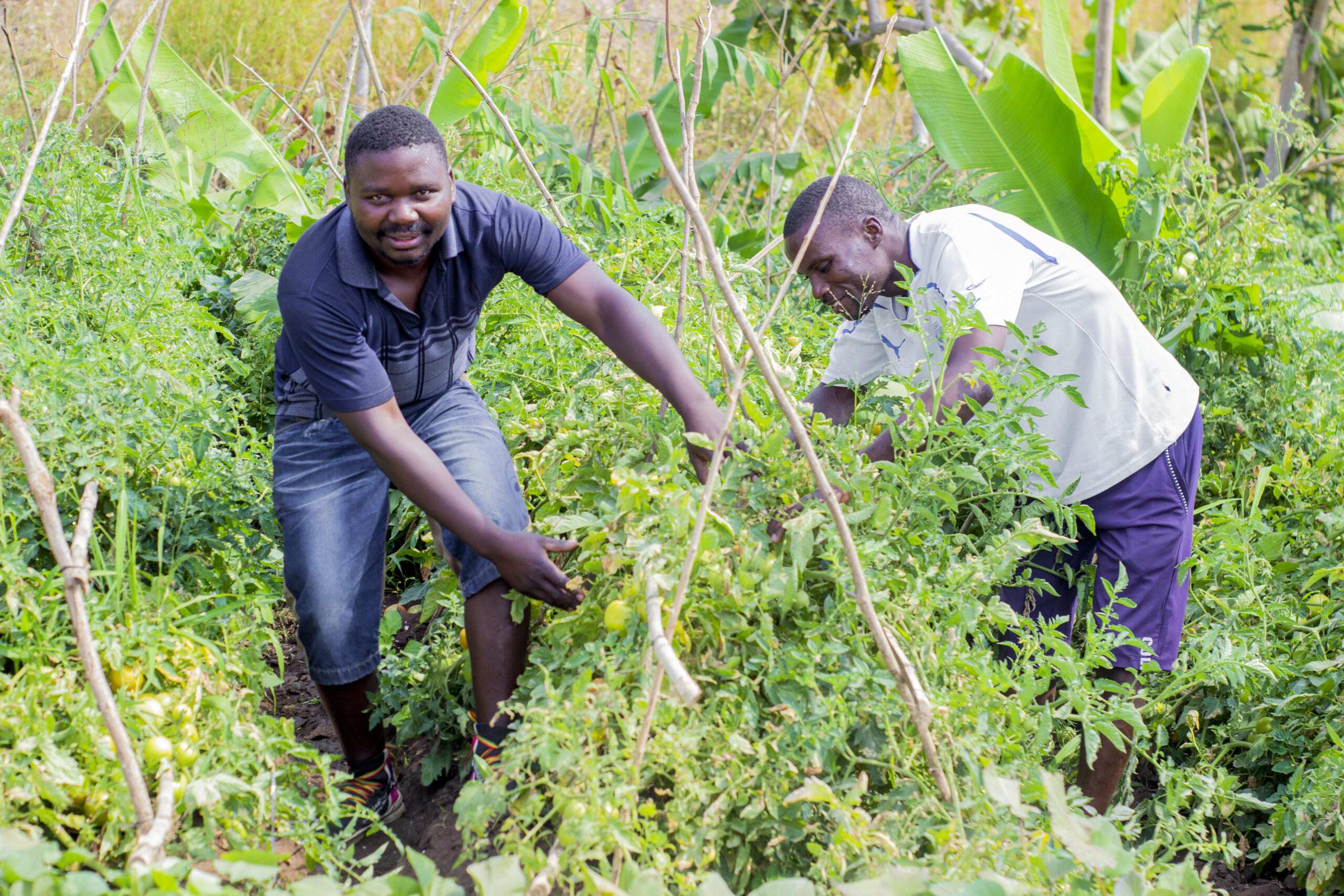Lake Malawi – shared by Malawi, Mozambique and Tanzania – is one of the world’s oldest and most ecologically rich freshwater lakes. Its evolutionary history spans millions of years, nurturing an extraordinary diversity of species found nowhere else on Earth.
Yet, this biodiversity hotspot and vital source of livelihood is increasingly at risk.

A Fragile Ecosystem Under Threat
For over two decades, the region has faced recurring droughts and a noticeable decline in rainfall. These climatic pressures are exacerbated by unsustainable land use: deforestation and poor farming practices in the lake’s catchment have led to widespread soil erosion, accelerating siltation and reducing the lake’s carrying capacity.
Economic challenges have driven many smallholder farmers to adopt short-term, high-impact agricultural techniques – clear-cutting trees, embracing monocultures, and relying heavily on chemical inputs.
These practices are degrading soil health, contaminating water sources, and disrupting nutrient cycles, all of which threaten the lake’s long-term viability and the food security of communities in the basin.

Local Solutions for Lasting Impact
To counteract these pressures, our network partner Action for Environmental Sustainability (AfES) is leading transformative work under the Living Lakes Biodiversity and Climate Project (LLBCP).
The approach focuses on biodiversity-friendly, climate-smart agriculture to enhance community resilience while protecting critical ecosystems.
AfES trains local farmers and fishers in:
Organic agriculture and composting (e.g., Mbeya manure)
Conservation tillage and agroforestry
Drought-resilient crop varieties and crop rotation
Ecological pest and seedling management
Fishpond farming and sustainable forestry governance
With synthetic fertilizers costing between MWK 95,000 and MWK 120,000 per 50kg bag – prices far out of reach for many – organic alternatives promoted by the project have allowed farmers to save over 80% on input costs.
These results are grounded in a cost analysis comparing past and current farming seasons among trained smallholders.

Scaling Conservation through Participation
So far, 630 farmers and fishers have been trained. Forest conservation has taken root across four Village Forest Areas (VFAs): Timbwiti (21 ha), Namikango (11.5 ha), Namizimu (10 ha), and Umodzi (15 ha) – a total of 57.5 hectares – through participatory forest management plans and community by-laws.
Tree planting is another cornerstone. Since the project’s inception, 10,000 trees have been planted with a 72% survival rate. The target: 50,000 trees by mid-2027, helping restore local microclimates, stabilize soils, and preserve biodiversity.
Community Benefits Already Visible
Revitalized forests are producing non-timber forest products, such as mushrooms, which serve as an important food source during the rainy season.
This reduces household food costs and boosts local nutrition. Access to these resources supports food security and reduces economic strain, especially for vulnerable families.
By integrating sustainable agriculture, alternative livelihoods, and forest and wetland restoration, this initiative delivers a holistic and replicable model for ecosystem restoration and community development. Farmers and fishers are seeing improved productivity and income while actively restoring the ecosystems that sustain Lake Malawi.
The Living Lakes Biodiversity and Climate Project continues to champion nature-based solutions that empower local communities and safeguard our planet’s most valuable freshwater ecosystems.
Learn more about our work in Malawi and other countries across the network at www.livinglakes.org

